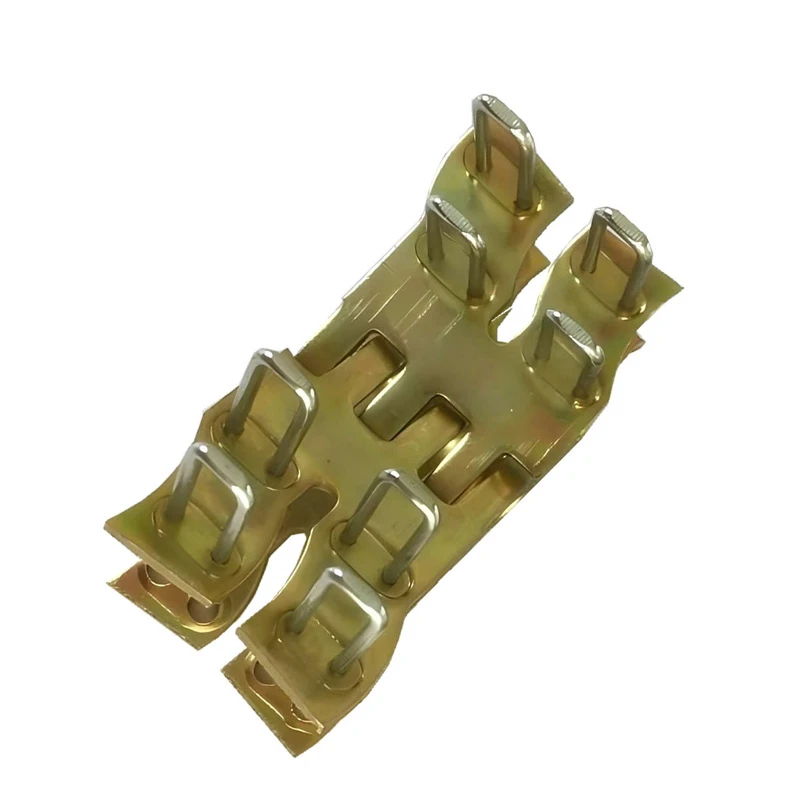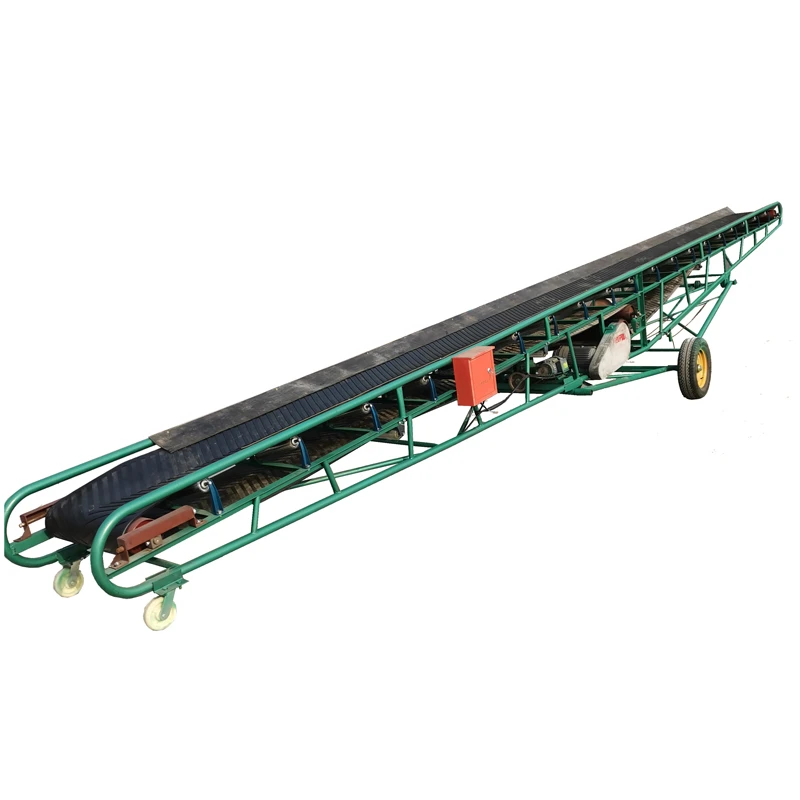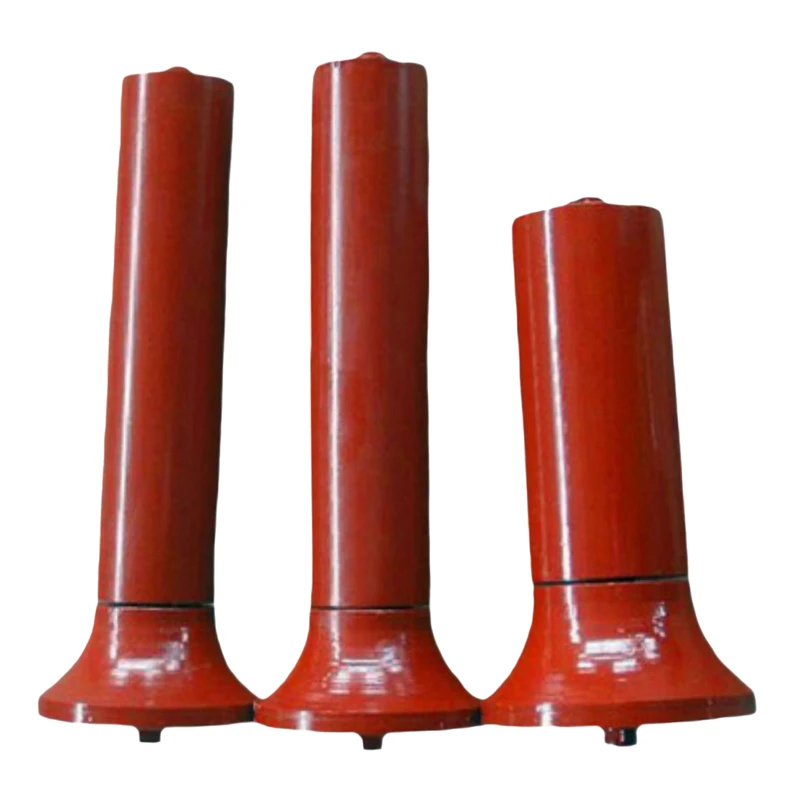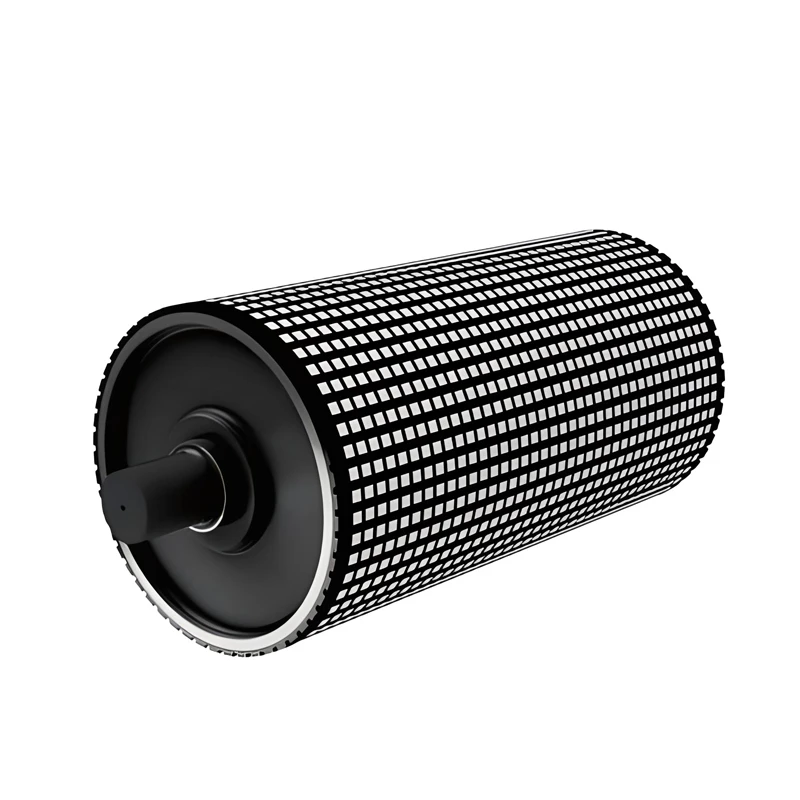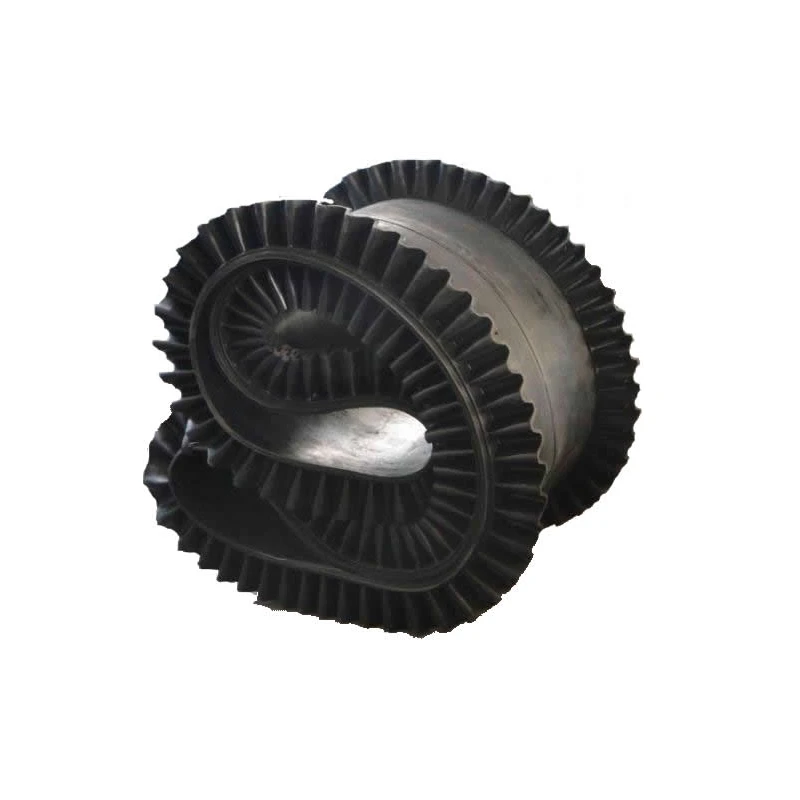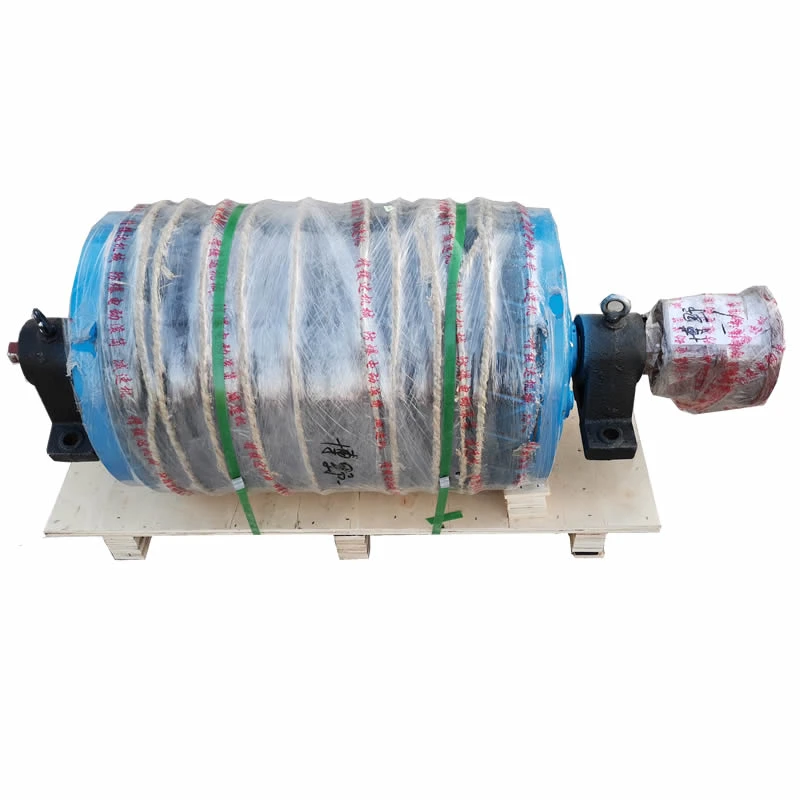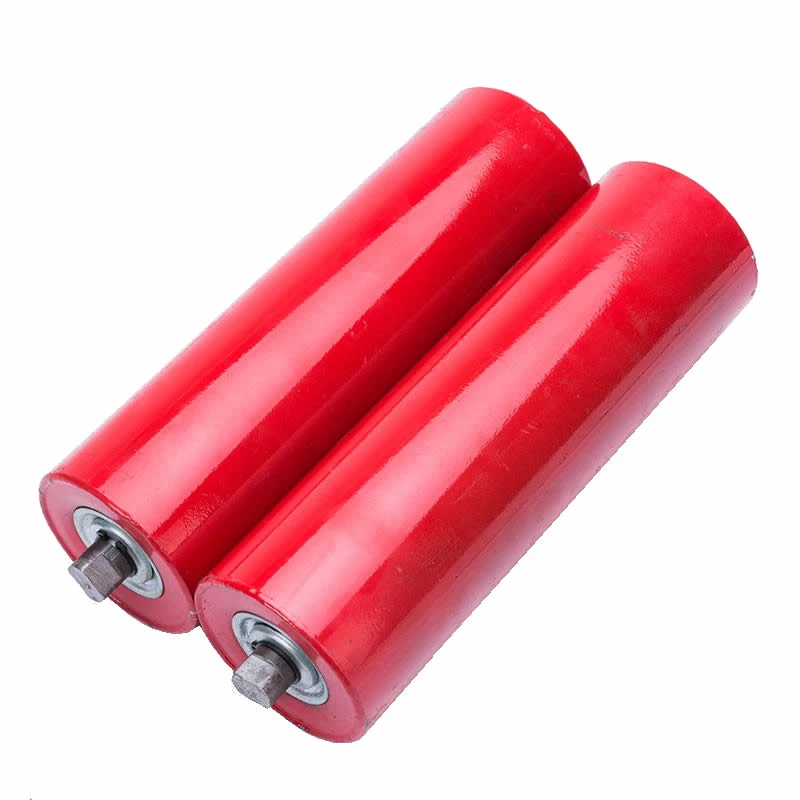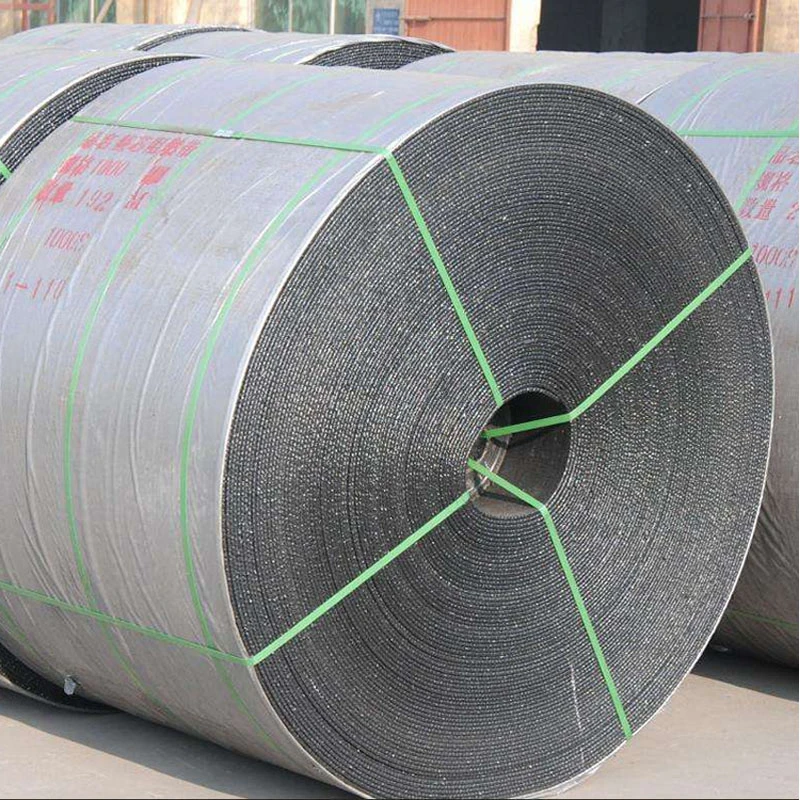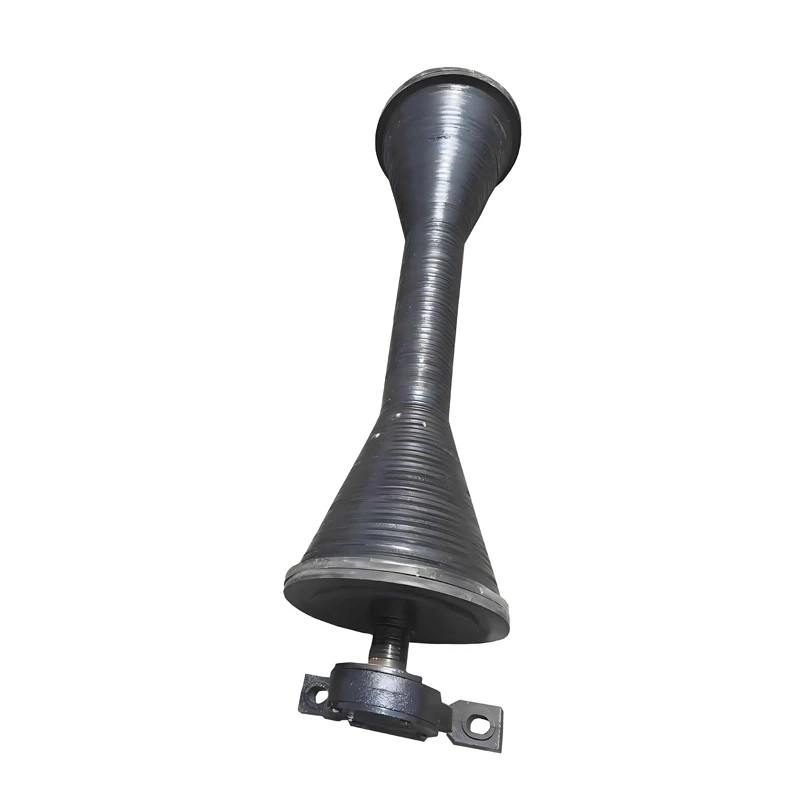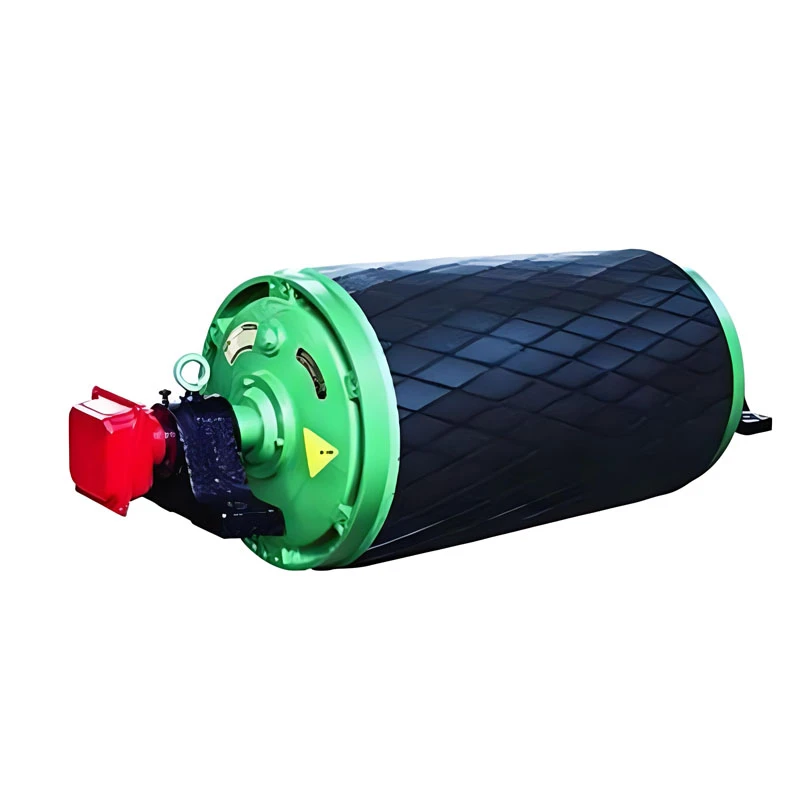Industrial processes rely heavily on the integrity of machinery and materials to ensure operational safety and product quality. One critical component in maintaining this integrity is the electromagnetic iron remover, a device designed to eliminate ferromagnetic contaminants from material streams. This article provides an in-depth exploration of the electromagnetic iron remover's functionality, technical specifications, applications, and the company behind this innovative technology.
Product Overview
The electromagnetic iron remover is a specialized device engineered to remove ferromagnetic impurities from materials during transportation. By ensuring the safe operation of mechanical equipment such as crushers and grinders, it plays a vital role in preventing equipment damage and production downtime. This device is particularly effective in industries where material purity is critical, such as mining, power generation, and food processing.
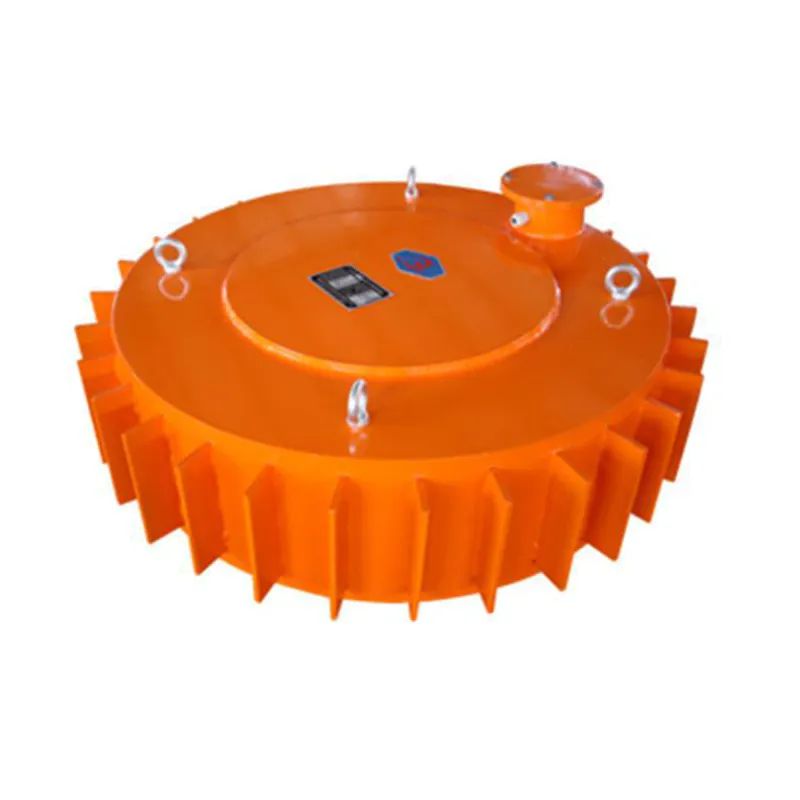
One of the key features of the electromagnetic iron remover is its ability to prevent accidents caused by large or elongated iron objects damaging conveyor belts. By continuously suctioning and disposing of iron contaminants, it significantly enhances the quality of raw materials, making it an indispensable tool in modern industrial operations.
Technical Specifications
The effectiveness of an electromagnetic iron remover depends on several technical parameters, including magnetic field strength, installation height, and material thickness. Below is a detailed specification table outlining the critical aspects of the device:
| Parameter | Description |
|---|---|
| Magnetic Field Strength | Determined by the device's design and magnetic circuit structure. Higher strength ensures better impurity removal efficiency. |
| Unloading Methods | Includes manual, automatic, and programmable unloading modes, offering flexibility for different operational needs. |
| Installation Height | The lower the suspension height, the more effective the iron removal. Optimal performance requires careful adjustment to avoid belt interference. |
| Material Thickness | Thinner material layers result in higher iron removal rates, as the magnetic field can penetrate more effectively. |
| Application Industries | Used in metallurgy, mining, coal processing, power plants, ceramics, glass, cement, construction materials, chemicals, food, and feed industries. |

The device's performance is also influenced by its magnetic circuit design. Various series of products have been developed to cater to different usage scenarios, ensuring adaptability across diverse industrial environments. For instance, the suspended conveyor magnet is specifically designed for overhead installation, optimizing iron removal in conveyor systems.
Key Advantages
The electromagnetic iron remover offers several advantages that make it a preferred choice in industrial settings:
- Enhanced Safety: By eliminating ferromagnetic contaminants, it reduces the risk of equipment damage and operational hazards.
- Improved Material Quality: The removal of impurities ensures higher-grade raw materials, which is crucial for downstream processes.
- Operational Efficiency: The device's continuous suction and disposal capabilities minimize production interruptions, maintaining workflow continuity.
- Customizable Solutions: With options for manual, automatic, and programmable unloading, the device can be tailored to specific industrial requirements.
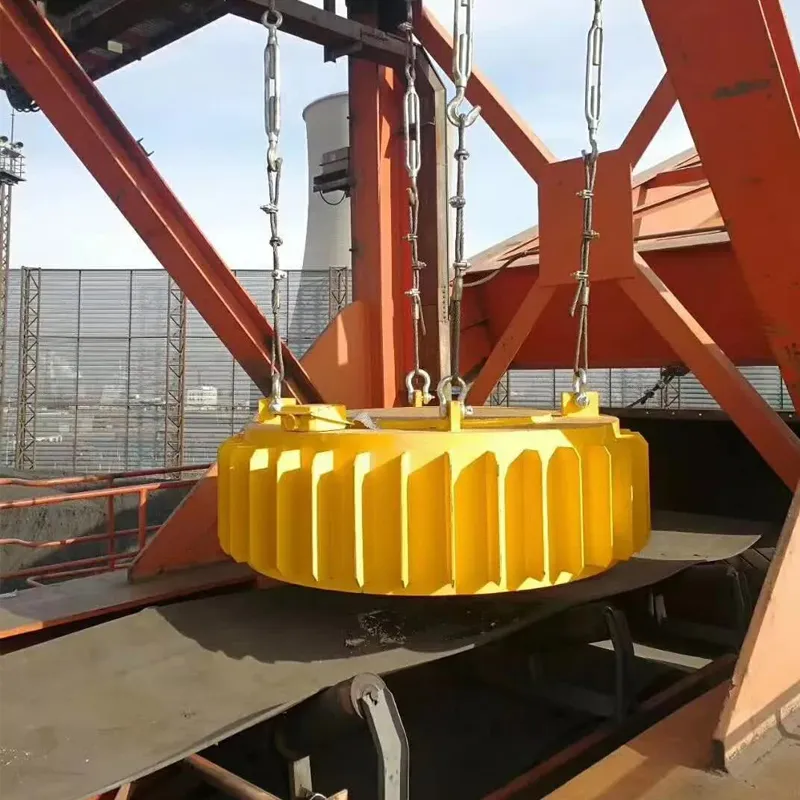
Additionally, the belt magnetic separator is designed to integrate seamlessly into existing conveyor systems, requiring minimal modifications. Its quick-release cleaning mechanism further reduces downtime, as highlighted in the product's postExcerpt: "The quick-release cleaning mechanism minimizes operational interruptions while maintaining maximum equipment protection."
Applications in Various Industries
The electromagnetic iron remover is a versatile solution with applications spanning multiple sectors. In the conveyor belt magnetic separator industry, it is used to recover steel from waste in emerging waste treatment operations. This not only aids in resource recovery but also aligns with environmental sustainability goals.
Key industries utilizing this technology include:
- Metallurgy and Mining: Ensures the purity of raw materials and protects processing equipment from damage.
- Power Plants: Prevents iron contaminants from causing wear and tear on critical machinery.
- Chemical and Food Processing: Maintains product quality by eliminating harmful ferromagnetic particles.
- Construction Materials: Enhances the quality of raw materials like cement and ceramics.
According to the postContent, "Iron removers have been used in various large steel enterprises, as well as metal mines, power plants, light industry, refractory materials, and other industries, and have played a huge role." This underscores the device's widespread adoption and effectiveness across diverse industrial applications.
Company Background: Hebei Roule Transport Machinery Manufacturing Co., Ltd.
The Hebei Roule Transport Machinery Manufacturing Co., Ltd. is a leading manufacturer of industrial equipment, specializing in solutions for material handling and contamination control. With a focus on innovation and quality, the company has developed a range of products that address the unique challenges of modern industrial environments.
Hebei Roule's commitment to excellence is reflected in its electromagnetic iron remover, which combines advanced technology with practical design. The company's products are designed to meet the rigorous demands of industries such as mining, power generation, and food processing, ensuring reliability and efficiency.
Expertise and Authority: NIST Reference
The importance of precise measurements in industrial applications is emphasized by the National Institute of Standards and Technology (NIST), which plays a critical role in developing measurement standards that underpin technological advancements. While the specific search for NIST content related to electromagnetic iron removers did not yield direct results, NIST's work in industrial metrology and magnetic field standards provides a foundational context for understanding the technical requirements of such devices.
As noted by NIST, "Measurements are essential for ensuring the accuracy and reliability of industrial processes" (NIST). This aligns with the functionality of the electromagnetic iron remover, which relies on precise magnetic field strength and installation parameters to achieve optimal performance.
Conclusion
The electromagnetic iron remover is a critical tool for maintaining the efficiency and safety of industrial operations. Its ability to remove ferromagnetic impurities, enhance material quality, and adapt to various applications makes it an invaluable asset across multiple sectors. With the expertise of companies like Hebei Roule Transport Machinery Manufacturing Co., Ltd., this technology continues to evolve, meeting the growing demands of modern industry.
For more information about the electromagnetic iron remover and its applications, visit the official website of Hebei Roule Transport Machinery Manufacturing Co., Ltd. at https://www.hgconveyorbelt.com.

